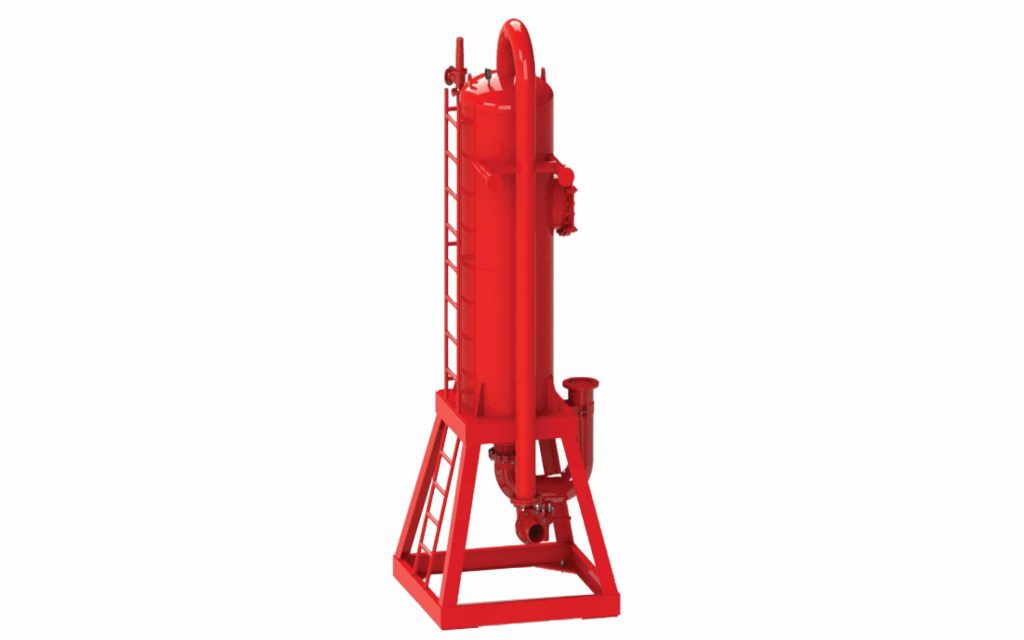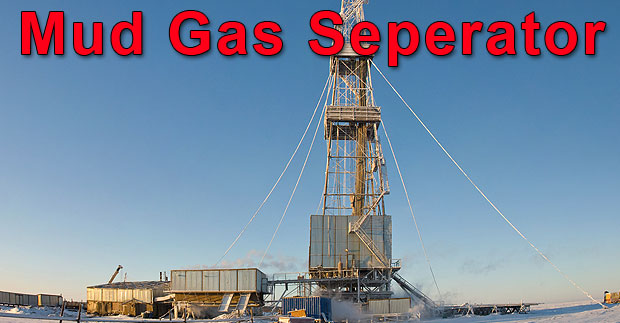
Poor Boy Degasser or Mud Gas Seperator, located downstream of the choke manifold, is a vertical vessel used to separate any gas from drilling fluid during well control situation. Once the gas has been separated, it can pass through the vent line in the derrick. Alternatively, as long as it’s a safe distance from the rig, it could even be vented.

Figure 1 – Poor Boy Degasser (Courtesy of H-Screening)
With mud’s separators, there are two main types. Also known as a ‘poor-boy’ and a ‘gas buster’, the more common of the two is called an atmospheric mud/gas separator. However, some mud/gas separators are designed to operate at moderate back pressure. Although these will mostly operate under 100 psig, it’s possible to come across those that work at the atmospheric gas vent line pressure plus the vent line friction drop. The simple diagram of poor boy degasser is show in figure 2.

Figure 2 – Poor Boy Degasser (Mud Gas Separator) Diagram Continue reading








